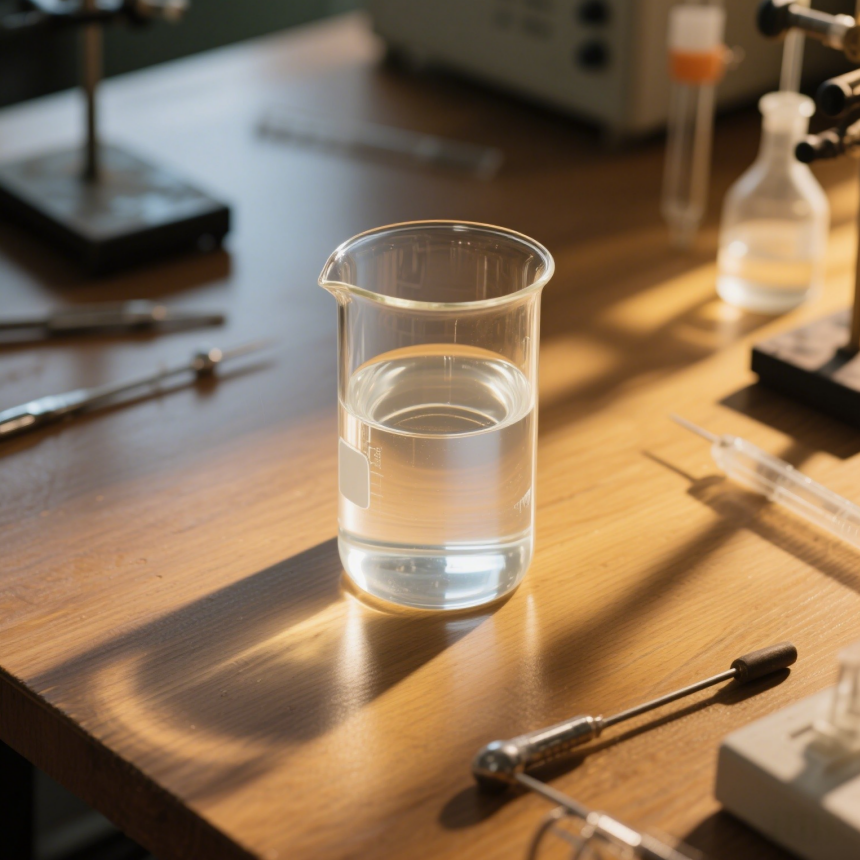The price trend of 2-ethylhexyl acrylate (2EHA) is influenced by a complex interplay of factors, including raw material costs, supply-demand dynamics, energy prices, and global economic conditions. Over recent years, the trend has shown volatility, with periodic fluctuations driven by changes in the cost of key feedstocks: acrylic acid and 2-ethylhexanol. Acrylic acid prices, tied to propylene markets, often dictate upward or downward movements in 2EHA pricing, as propylene is subject to supply disruptions from refinery outages or changes in oil prices. Similarly, 2-ethylhexanol, derived from butylene, is vulnerable to shifts in petrochemical production. Geopolitical tensions and trade policies also impact trends, with tariffs or transportation disruptions causing regional price disparities. Demand-side factors, such as growth in adhesives and coatings industries—particularly in Asia-Pacific—can push prices upward during peak production seasons, while economic slowdowns may lead to price declines due to reduced consumption. E Plus Chemical Co., Ltd., with its integrated industrial chain and 50,000-ton annual capacity, is better positioned to mitigate extreme price swings by controlling production costs. Additionally, the shift toward high-purity 2EHA (99%) for premium applications has created a stable price segment, as quality-focused industries prioritize consistency over short-term price fluctuations. Analysts project a gradual upward trend in the long term, driven by increasing demand for water-based products and sustainable materials, with periodic adjustments based on raw material availability.
